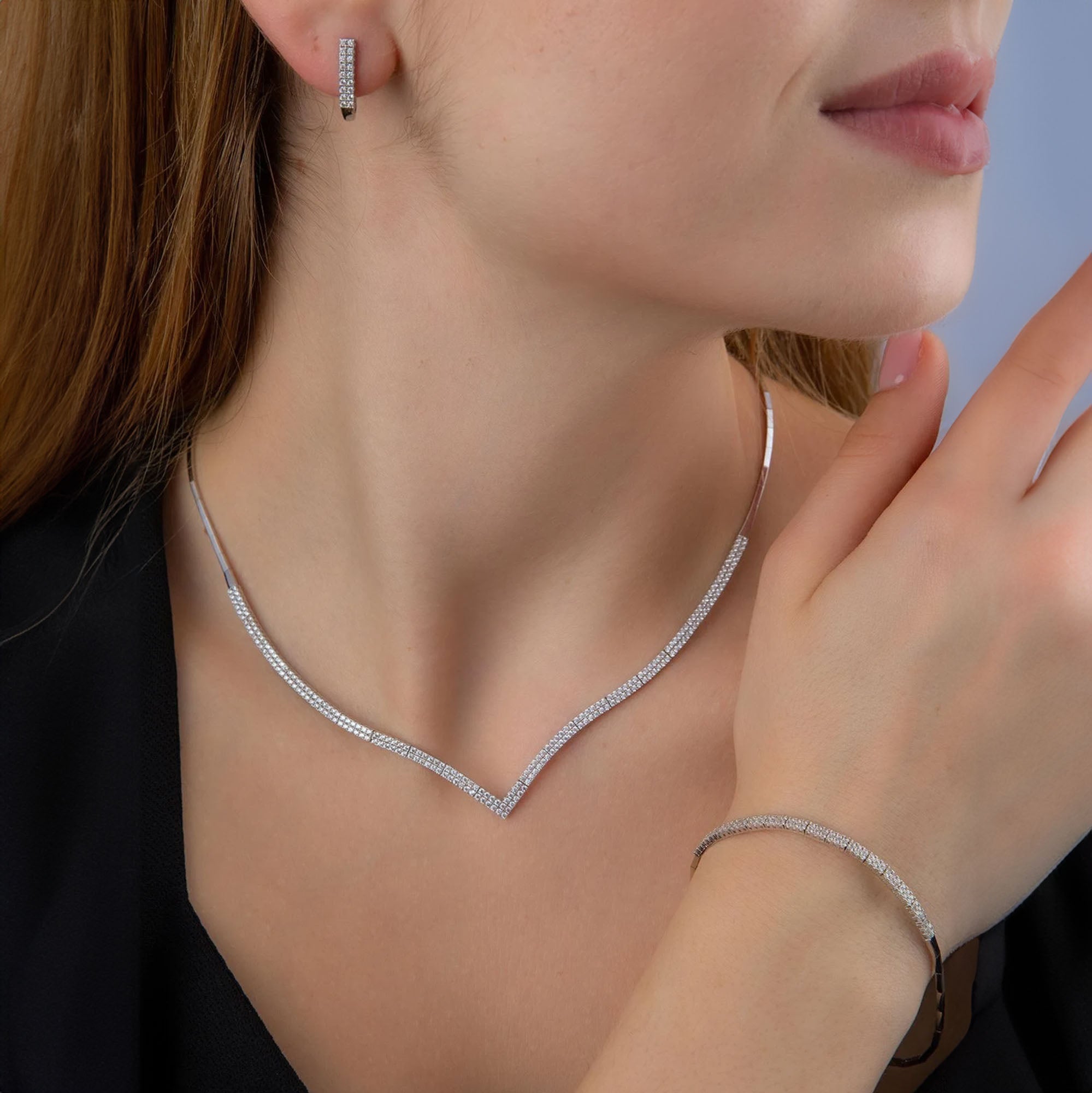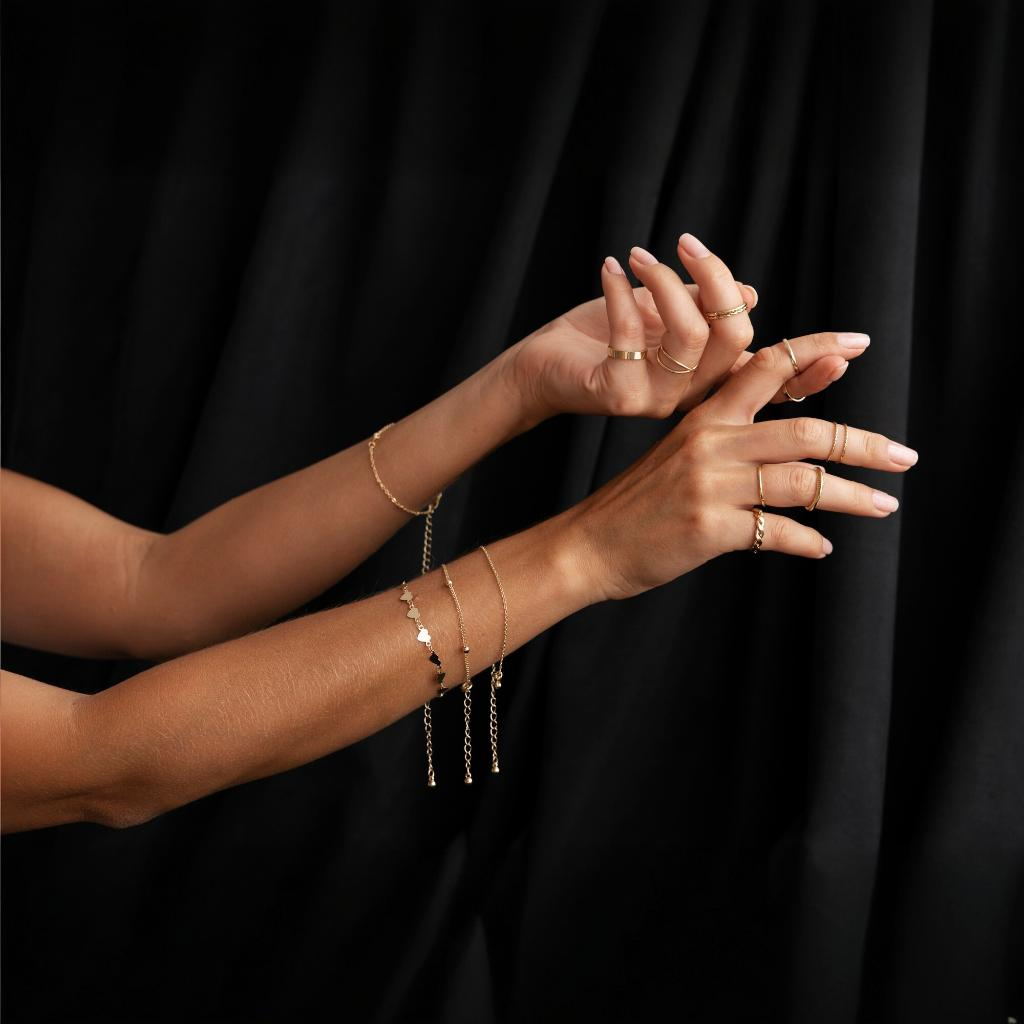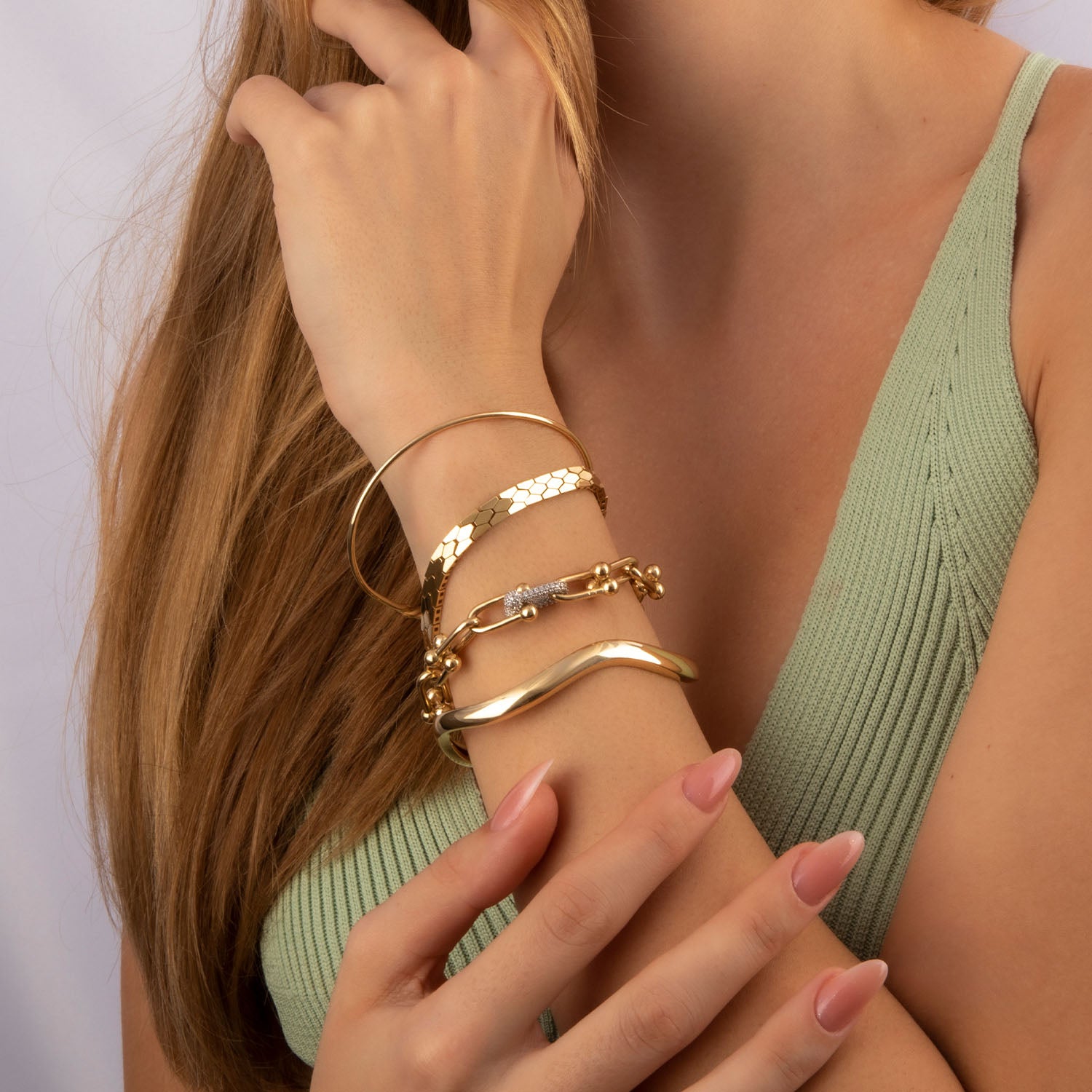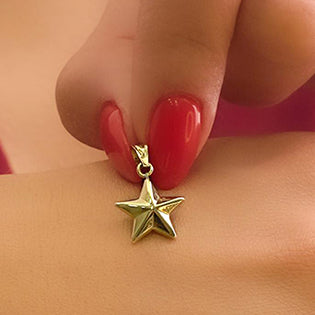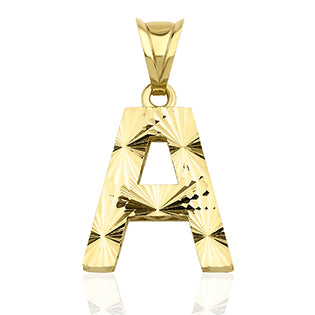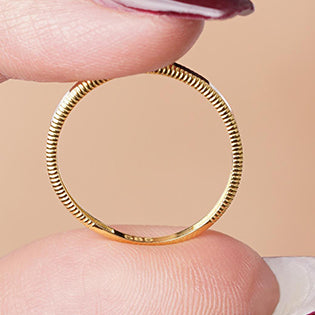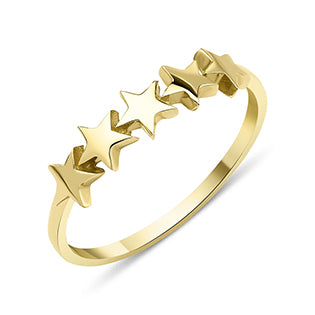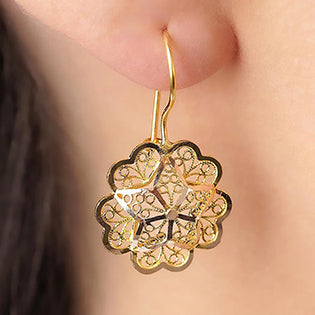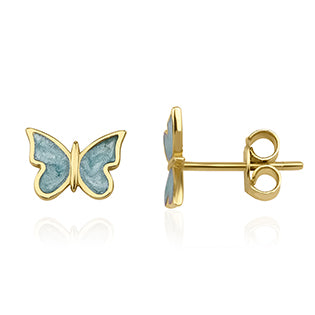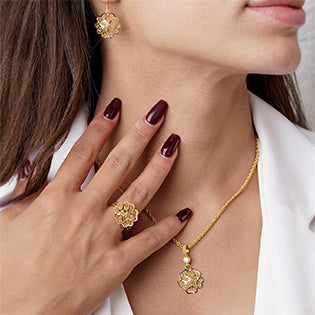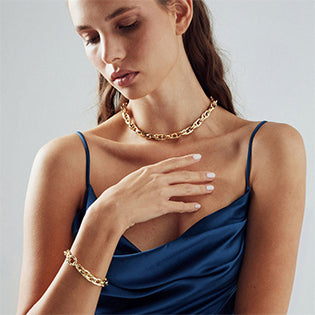
Mixing Metals: Can You Combine Gold and Silver Jewelry?
The world of fashion and jewelry is ever-evolving, with trends shifting as personal style takes center stage. One question that frequently arises among jewelry enthusiasts is whether it’s acceptable—or even stylish—to mix gold and silver jewelry. Once considered a fashion faux pas, combining these metals has become a celebrated trend, offering versatility and creative expression. In this article, we’ll explore the art of mixing gold and silver jewelry, delving into the history, current trends, styling tips, and practical considerations to help you confidently embrace this bold look.
A Brief History of Jewelry and Metal Preferences
Jewelry has been a form of adornment for thousands of years, with gold and silver holding significant cultural and aesthetic value across civilizations. Gold, with its warm, luxurious glow, has long been associated with wealth, power, and divinity. Ancient Egyptians, for example, revered gold as the “flesh of the gods,” using it in elaborate jewelry for royalty. Silver, with its cool, luminous sheen, has been prized for its versatility and accessibility, often symbolizing purity and clarity in various cultures.
Historically, mixing metals was less common due to rigid fashion rules and cultural associations. In many societies, wearing gold and silver together was seen as clashing, as each metal carried distinct connotations. For instance, in Victorian England, gold was often reserved for formal occasions, while silver was more commonly worn for everyday adornment. These conventions created a divide, with the idea of combining metals considered unconventional or even tacky.
However, as fashion evolved in the 20th century, designers began to challenge these norms. The rise of eclectic and bohemian styles in the 1960s and 1970s, coupled with the influence of avant-garde designers, paved the way for more experimental approaches to jewelry. By the late 20th and early 21st centuries, mixing metals emerged as a trend, embraced by fashion-forward individuals and designers alike. Today, the practice is not only accepted but celebrated as a way to showcase individuality and creativity.
Why Mix Gold and Silver Jewelry?
Mixing gold and silver jewelry offers several advantages, making it a popular choice for modern fashion enthusiasts. Here are some key reasons why this trend has gained traction:
-
Versatility: Combining gold and silver allows you to pair your jewelry with a wider range of outfits and accessories. Whether you’re dressing up for a formal event or keeping it casual, mixed metals add a dynamic element to your look.
-
Personal Expression: Jewelry is a form of self-expression, and mixing metals lets you break free from traditional rules. It’s a way to showcase your unique style and create a look that’s distinctly yours.
-
Timeless Appeal: While mixing metals is trendy, it’s also timeless. The combination of warm and cool tones creates a balanced aesthetic that transcends fleeting fashion fads.
-
Maximizing Your Collection: If you own both gold and silver pieces, mixing them allows you to wear more of your jewelry at once, making the most of your collection without feeling restricted to one metal.
-
Designer Influence: High-end designers like Tiffany & Co., Cartier, and Pandora have embraced mixed-metal designs, creating pieces that intentionally blend gold and silver. This has helped legitimize and popularize the trend.
Styling Tips for Mixing Gold and Silver Jewelry
While mixing metals can be liberating, it requires a thoughtful approach to achieve a cohesive and polished look. Here are some expert tips to help you master the art of combining gold and silver jewelry:
1. Start with a Focal Piece
Choose one standout piece—such as a bold gold necklace or a statement silver ring—as the focal point of your ensemble. Build around this piece by adding complementary pieces in the other metal. For example, if you’re wearing a chunky gold chain necklace, pair it with delicate silver earrings or a silver bracelet to balance the look.
2. Mix Textures and Finishes
To add visual interest, experiment with different textures and finishes. Pair a polished gold bangle with a brushed silver cuff or a hammered gold pendant with a shiny silver chain. The contrast in textures prevents the metals from clashing and creates a harmonious effect.
3. Use Mixed-Metal Jewelry as a Bridge
If you’re hesitant about mixing metals, start with jewelry designed to incorporate both gold and silver. Many brands offer pieces that blend the two metals, such as a necklace with a gold pendant on a silver chain or a ring with intertwined gold and silver bands. These pieces act as a bridge, making it easier to incorporate additional gold or silver items.
4. Balance Proportions
When mixing metals, pay attention to the proportion and scale of your jewelry. Avoid overwhelming your look with too many bold pieces. Instead, combine delicate and statement pieces strategically. For instance, pair a dainty gold anklet with a chunky silver watch or stack thin gold and silver rings for a layered effect.
5. Consider Your Outfit
Your clothing plays a significant role in how mixed metals appear. Neutral outfits in colors like black, white, or beige provide a clean canvas that allows both metals to shine. For bolder outfits with vibrant colors or patterns, choose simpler jewelry to avoid a cluttered look. If your outfit includes metallic elements, such as a gold belt buckle or silver buttons, coordinate your jewelry to complement these accents.
6. Layer Thoughtfully
Layering is a popular way to mix metals, especially with necklaces and bracelets. Try stacking gold and silver bangles or layering a gold choker with a longer silver pendant necklace. To maintain cohesion, stick to a unifying theme, such as geometric shapes or minimalist designs.
7. Incorporate Gemstones
Gemstones can tie gold and silver pieces together, adding color and cohesion. For example, a gold ring with a turquoise stone can pair beautifully with a silver bracelet featuring the same stone. Neutral gemstones like diamonds, pearls, or clear quartz also work well, as they complement both metals without overpowering them.
8. Trust Your Instincts
Ultimately, mixing metals is about confidence and personal style. If a combination feels right to you, go for it! Fashion is subjective, and the best looks often come from breaking the rules and experimenting with what makes you feel good.
Practical Considerations When Mixing Metals
While mixing metals is a stylish choice, there are practical factors to keep in mind to ensure your jewelry stays in top condition and looks its best.
1. Metal Quality and Durability
Gold and silver have different properties that affect their durability and maintenance. Gold, especially higher karats like 18K or 24K, is softer and more prone to scratches, while silver is more durable but can tarnish over time. When mixing metals, ensure your pieces are of similar quality to avoid one metal wearing down faster than the other. For example, pairing a low-karat gold piece (like 10K) with sterling silver can create a balanced combination, as both are relatively durable.
2. Tarnish and Maintenance
Silver jewelry can tarnish when exposed to air, moisture, or certain chemicals, developing a dark patina over time. Gold, while less prone to tarnishing, can lose its luster if not properly cared for. To keep your mixed-metal jewelry looking its best, store pieces separately in airtight containers or jewelry pouches to prevent scratching and tarnishing. Clean silver with a polishing cloth or mild soap solution, and use a jewelry cleaner safe for both metals when maintaining mixed-metal pieces.
3. Skin Tone and Metal Flattering
Both gold and silver can complement various skin tones, but their effect can vary. Gold tends to enhance warm undertones, while silver flatters cooler undertones. Mixing metals allows you to create a balanced look that suits any complexion. If you’re unsure which metals work best for you, try wearing a mixed-metal piece near your face (like earrings or a necklace) to see how it complements your skin.
4. Allergies and Sensitivities
Some people are allergic to certain metals, particularly nickel, which is sometimes used in lower-quality gold or silver alloys. When mixing metals, opt for hypoallergenic options like 14K or 18K gold and sterling silver (marked 925) to minimize the risk of skin irritation. If you’re sensitive to metals, consult with a jeweler to ensure your pieces are safe to wear together.
The Influence of Fashion Trends and Designers
The rise of mixed-metal jewelry has been fueled by influential designers and fashion houses. Brands like David Yurman, John Hardy, and Mejuri have popularized collections that seamlessly blend gold and silver, often incorporating intricate designs or gemstones to enhance the contrast. Runway shows and street style have also embraced the trend, with celebrities and influencers frequently spotted wearing layered gold and silver pieces.
Social media platforms like Instagram and Pinterest have further amplified the trend, with countless posts showcasing creative ways to mix metals. Hashtags like #MixedMetalJewelry and #LayeredJewelry reveal a wealth of inspiration, from minimalist stacks to bold, eclectic combinations. This visibility has helped normalize and democratize the practice, encouraging everyday jewelry wearers to experiment with their collections.
Common Myths About Mixing Metals
Despite its popularity, some myths about mixing metals persist. Let’s debunk a few:
-
Myth 1: Mixing metals looks cheap. On the contrary, when done thoughtfully, mixing metals can look sophisticated and intentional. High-end designers and affordable brands alike offer mixed-metal pieces that prove this combination is chic.
-
Myth 2: You have to match metals with your accessories. While coordinating metals with accessories like watches or belt buckles can create a cohesive look, it’s not a requirement. Mixing metals across jewelry and accessories adds an eclectic, modern touch.
-
Myth 3: You can only mix metals in casual settings. Mixed-metal jewelry is versatile enough for any occasion, from casual outings to formal events. The key is choosing pieces that suit the context and balance the overall look.
Conclusion
Mixing gold and silver jewelry is no longer a fashion taboo but a celebrated trend that offers endless possibilities for creativity and self-expression. By understanding the history, embracing current trends, and following practical styling tips, you can confidently combine these metals to create a look that’s uniquely yours. Whether you’re layering delicate rings, stacking bold bracelets, or pairing statement earrings with a mixed-metal necklace, the key is to experiment, trust your instincts, and have fun. So go ahead—dig into your jewelry box, mix those metals, and let your personal style shine.


